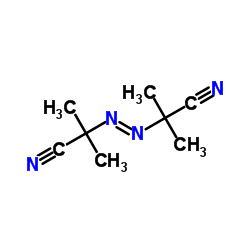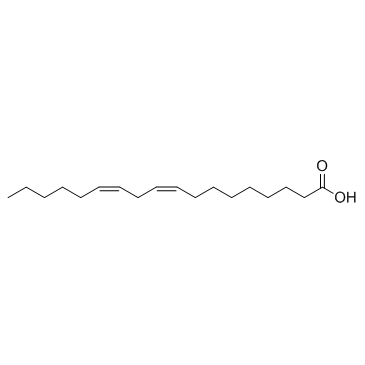| Structure | Name/CAS No. | Articles |
|---|---|---|
 |
2,2'-Azobis(2-methylpropionitrile)
CAS:78-67-1 |
|
 |
N-Isopropylacrylamide
CAS:2210-25-5 |
|
 |
L-(+)-Lysine monohydrochloride
CAS:657-27-2 |
|
 |
Citric Acid
CAS:77-92-9 |
|
 |
Linoleic acid
CAS:60-33-3 |
|
 |
GLYCEROL 1,3-DIGLYCEROLATE DIACRYLATE
CAS:60453-84-1 |
|
 |
L-Lysine hydrochloride
CAS:10098-89-2 |
|
 |
UNII:TF4710DNP9
CAS:5094-24-6 |